Discover the Magic of Horton Plains National Park – Sri Lanka’s High‑Altitude Wonder
Nestled in the Central Highlands of Sri Lanka, Horton Plains National Park is a UNESCO World Heritage Site celebrated for its sweeping montane grasslands, mist-shrouded cloud forests, and iconic cliff-top vistas. Established in 1969 as a nature reserve and upgraded to national park status in 1988, it spans roughly 3,160 hectares and sits at elevations between 2,100 and 2,300 m.
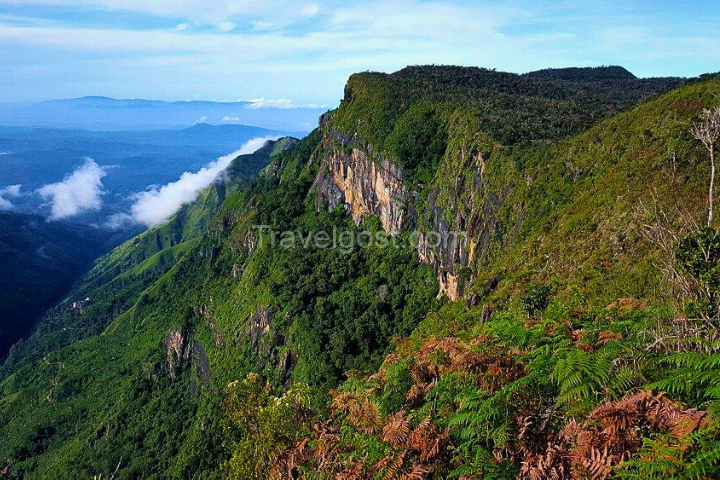
Highlights & Attractions
- World’s End & Mini World’s End
The dramatic 4000‑ft escarpment drop at World’s End offers eastward views to the ocean on clear mornings. Nearby, a smaller cliff, Mini World’s End, is equally photogenic. - Baker’s Falls
A picturesque 20-meter cascade flanked by lush rhododendron and fern foliage is named after British explorer Sir Samuel Baker. - Montane Wilderness & Wildlife
Wander through grasslands, boggy meadows, and evergreen cloud forests. Keep your gaze out for endemic flora like strobilanthes and orchids, plus wildlife such as sambar deer, purple-faced langurs, sloth bears, and endangered slender lorises—alongside 87 bird species, including hill country specialities. - Mountain Peaks
Towering nearby are Kirigalpoththa (2388 m)—accessible via a rugged hike—and Thotupolakanda (2357 m), both within the park’s boundaries.
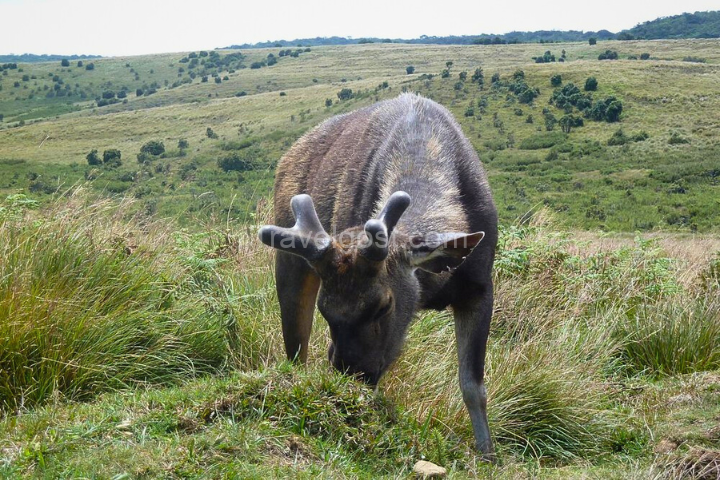
Hiking the 9–10 km Circular Trail
The park’s primary loop trail—known as the Horton Plains Nature Trail—covers about 9–9.5 km and typically takes 3–4 hours to complete. Most visitors begin early (the park opens at 6 am) to beat the fog at World’s End between 6 and 10 am.
Segments include:
- Meadow stroll to Mini World’s End
- Trek to the grand World’s End viewpoint
- Gentle descent through forest to Baker’s Falls
- Return via expansive grasslands to the visitor centre
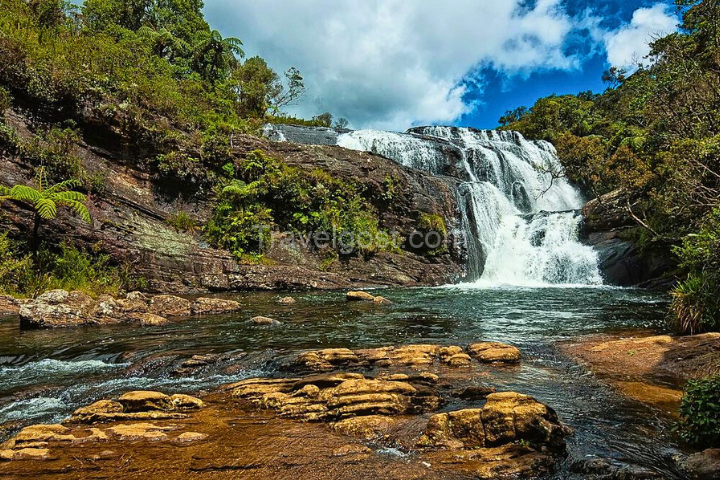
Best Time to Visit & Tips
- Optimal Season: January to March brings relatively dry days and clearer skies—perfect for summit views.
- Early Start: Arrive around 6 am to enjoy World’s End before the mist rolls in.
- What to Pack: Layered clothing (temperatures range from 5 to 27°C), sturdy footwear, snacks in paper/cardboard (plastic is banned), and plenty of water.
- Fees & Access: Entry is via Ohiya or Pattipola; be ready for ticket checks and plastic inspections.
- Guided Trek Recommendation: Groups are encouraged to hire a guide—not just for stewardship, but to enhance wildlife spotting and trail awareness.
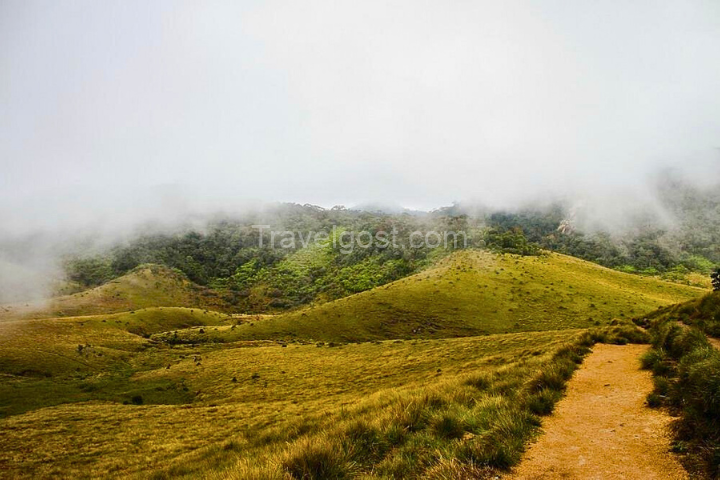
Conservation & Cultural Heritage
Horton Plains plays a vital ecological role as the headwaters for three major rivers—Kelani, Mahaweli, and Walawe—and boasts over 750 plant species, many endemic to Sri Lanka’s highlands. It’s part of a broader UNESCO site highlighting the Central Highlands’ cloud forests and wildlife refuges.
Legend ties the plains to Ramayana mythology—locals say Ravana’s peacock chariot once struck the area, and Hanuman’s fiery wrath left the soil its dusty hue.
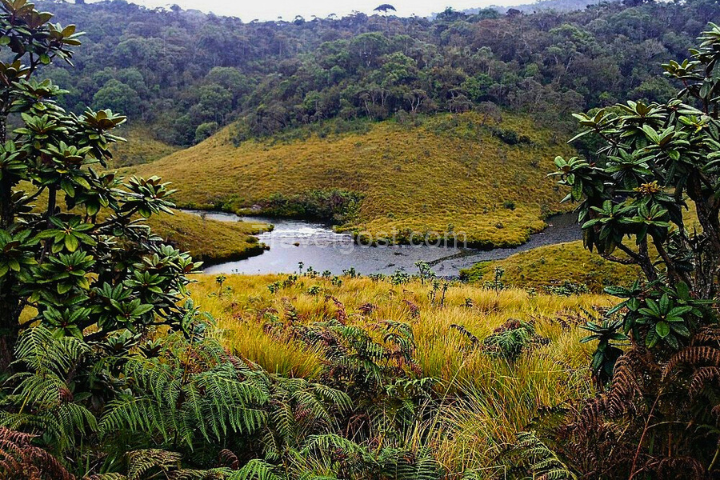
Final Thoughts
Horton Plains is a uniquely ethereal destination—its vast grasslands, moody mist, dramatic cliff views, cascading waterfalls, and rich biodiversity combine into a highland masterpiece. Ideal for day-trippers, serious hikers, and nature lovers alike—it’s an unforgettable highlight of any Sri Lanka itinerary.
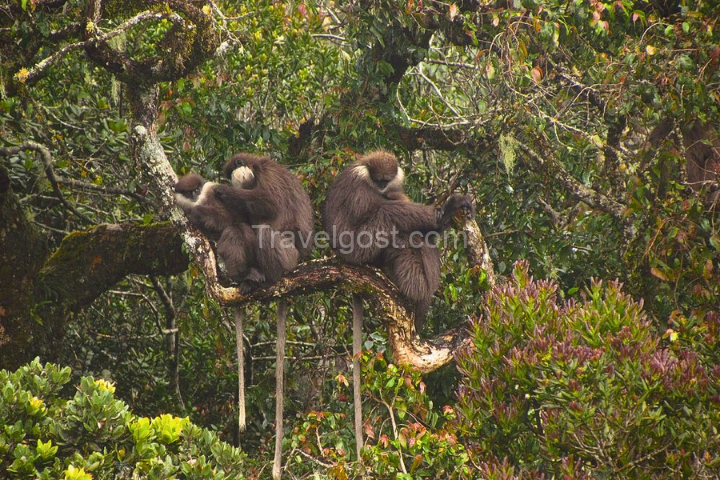
Shareable Tips for TavelGost.com Readers
- Always hike early – avoid the midday mist!
- Go guide-assisted – not only safer but far more enriching.
- Respect park rules – especially around plastic, trash, and wildlife.
- Plan transport ahead – book your ride from Nuwara Eliya or Ohiya early to avoid delays.
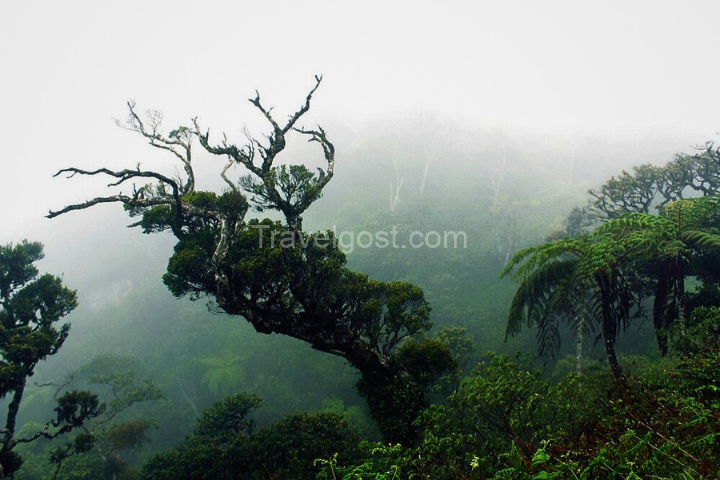
Happy trekking from the top of the world—TavelGost.com wishes you epic views at Horton Plains!

Comments